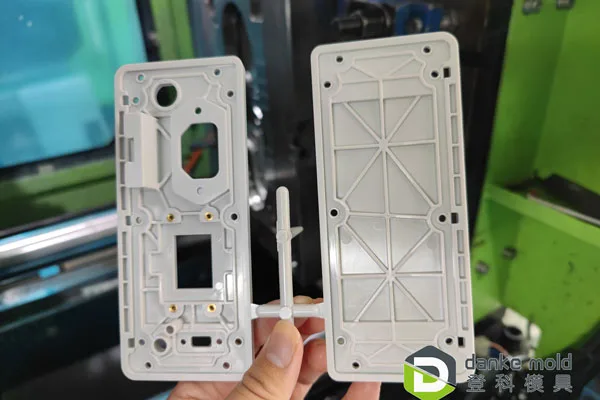Plastic injection molding transforms raw plastic materials into finished products through a precise manufacturing process. This method enables manufacturers to produce complex shapes with consistent quality across thousands of units.
Understanding the Plastic Injection Molding Process
The plastic injection molding process begins with heating plastic pellets until they melt. The molten plastic flows into a mold cavity under high pressure. Once cooled, the part solidifies and gets ejected from the mold.
This cycle repeats automatically, producing identical parts with minimal variation. The entire process typically takes 30 seconds to 2 minutes per part.
Modern injection molding machines can maintain precise temperature and pressure controls. These controls ensure each part meets exact specifications.
Key Advantages of Using Plastic Injection Molding
Cost reduction becomes significant when producing large quantities. The per-unit cost drops dramatically as production volumes increase.
Design flexibility enables the creation of complex geometries that other methods cannot achieve. Internal features, threads, and intricate details form during the molding process.
Material variety includes thermoplastics, thermosets, and specialty compounds. Each material offers different properties for specific applications.
Surface finish quality remains consistent across all produced parts. You can achieve smooth, textured, or patterned surfaces directly from the mold.

Plastic parts
Common Applications Across Industries
Automotive components make up a large portion of injection molded parts. Dashboard components, bumpers, and interior trim pieces all use this process.
Consumer electronics rely on injection molding for housings and internal components. Phone cases, laptop shells, and appliance parts all benefit from this method.
Medical devices require the precision and cleanliness that injection molding provides. Syringes, surgical instruments, and diagnostic equipment cases use this process.
Packaging solutions include caps, containers, and closures. The food industry relies on injection-molded packaging for safety and consistency.
Factors That Influence Production Success
- Part design directly affects manufacturing success. Wall thickness, draft angles, and undercuts all impact the molding process.
- Material selection determines final part properties. Consider strength requirements, chemical resistance, and environmental conditions.
- Mold design quality affects both part quality and production speed. Well-designed molds reduce cycle times and minimize defects.
- Production volume influences cost per part and equipment selection. High volumes justify more expensive tooling investments.
Making the Right Choice for Your Manufacturing Needs
Plastic injection molding is most effective for medium to high production volumes. Low-volume projects may benefit from alternative manufacturing methods.
Lead times include both tooling development and production phases. Planning reduces overall project timelines.
Quality requirements must align with process capabilities. Critical dimensions and tight tolerances may require additional processing steps.
Ready to explore plastic injection molding for your next project? Contact Danke Mold today to discuss your manufacturing requirements and discover how our expertise can bring your product concepts to life through professional outsourcing services.
